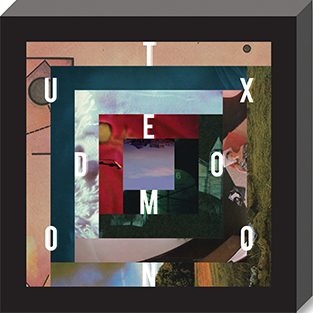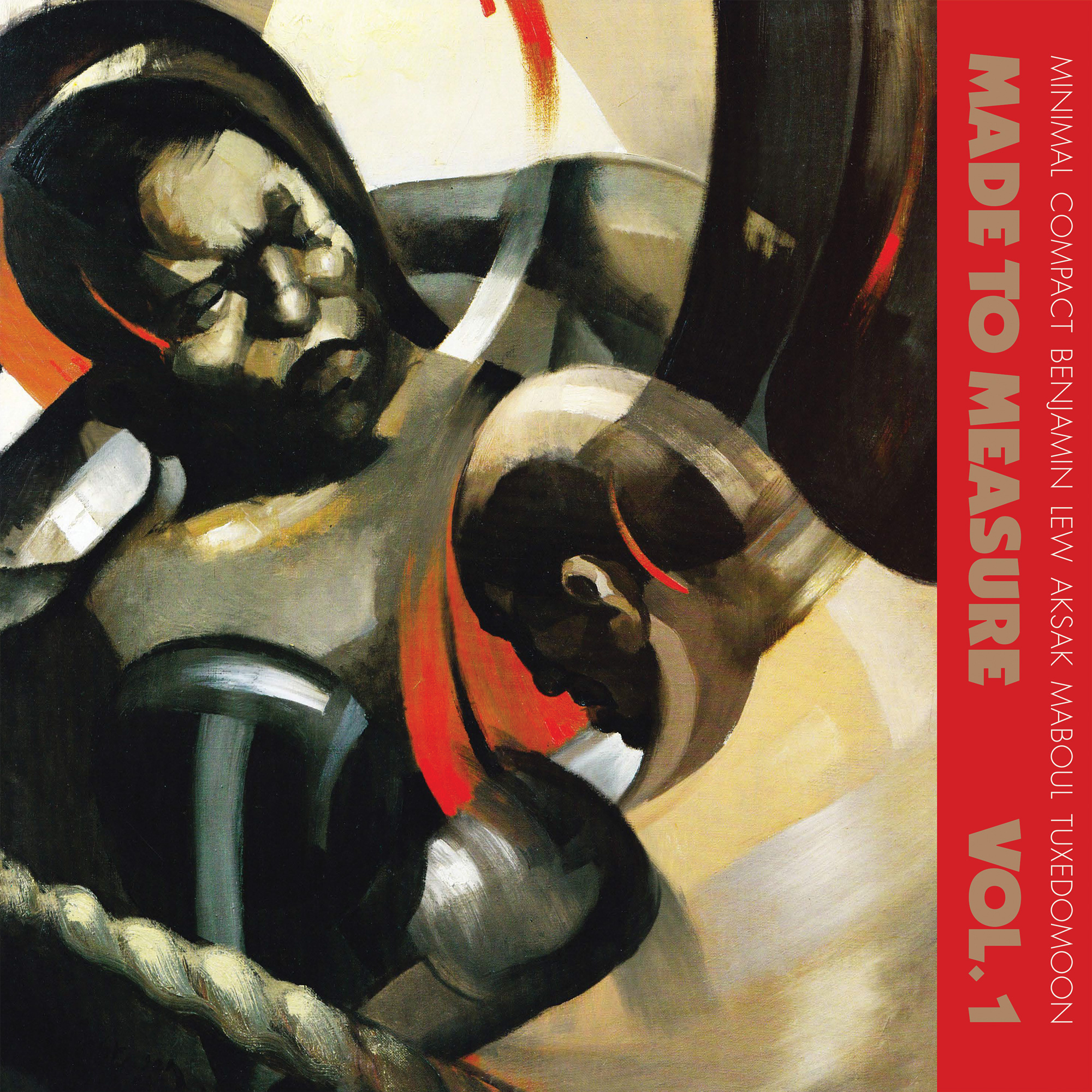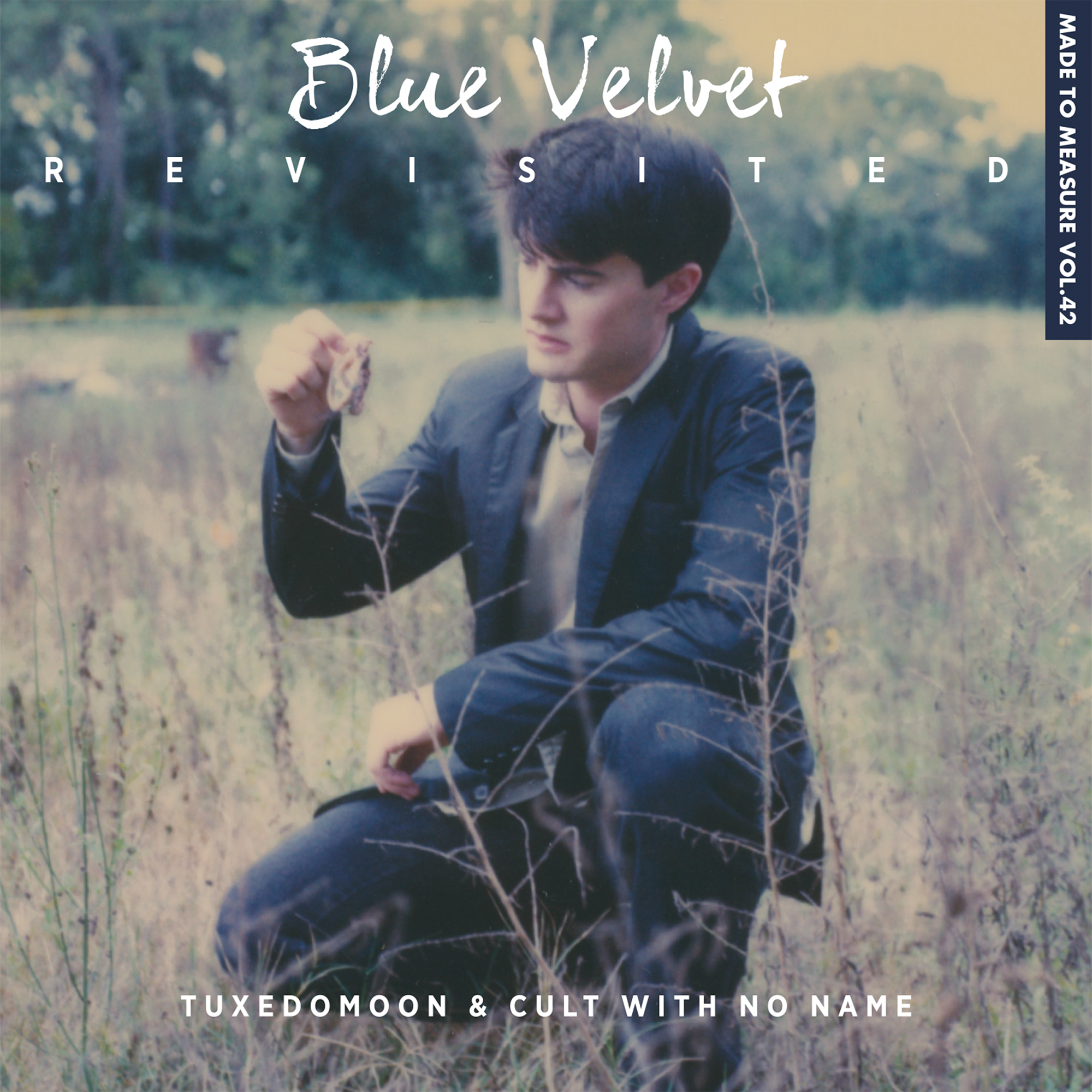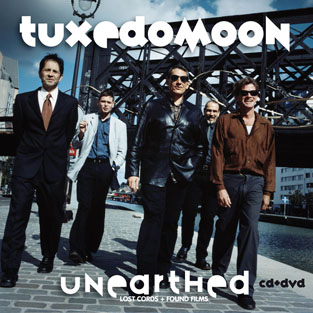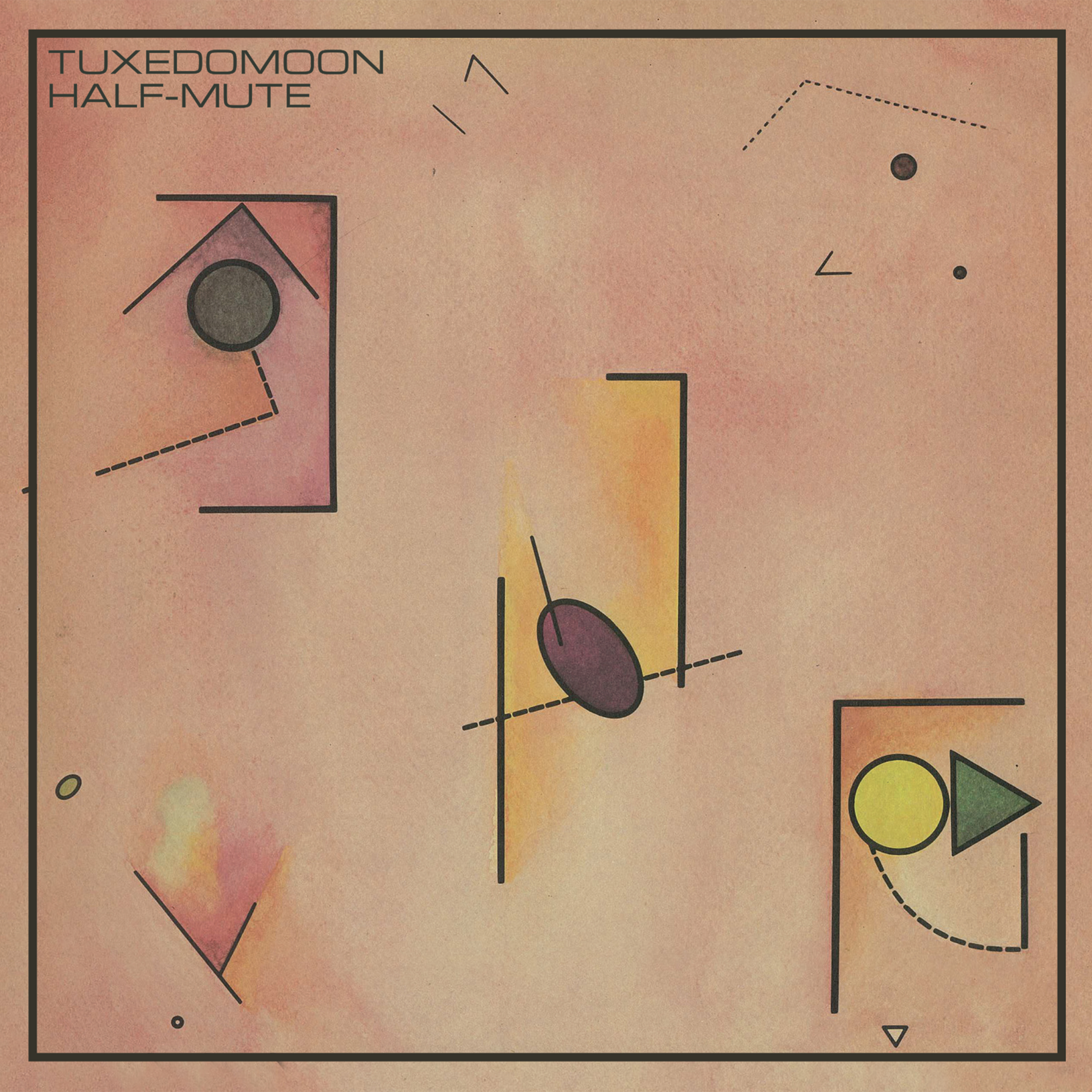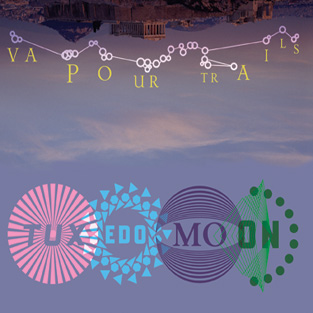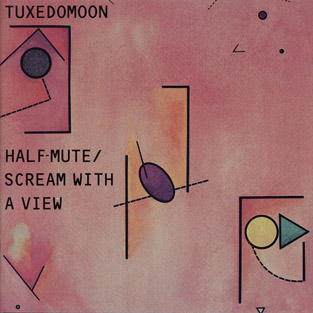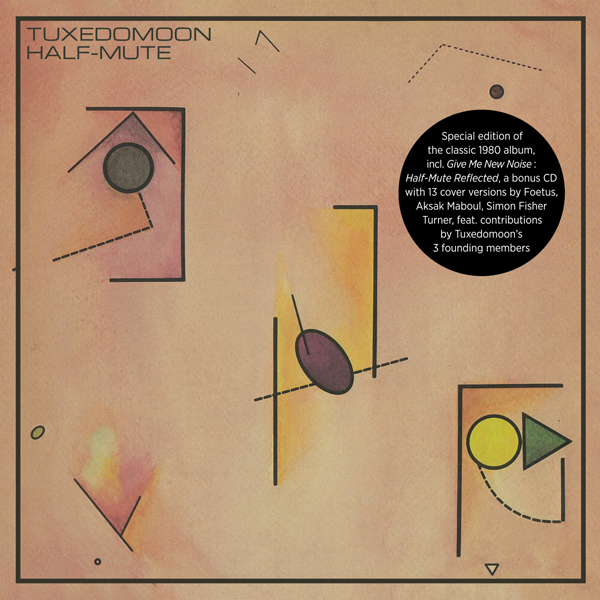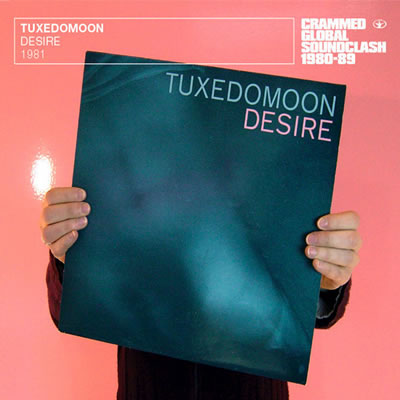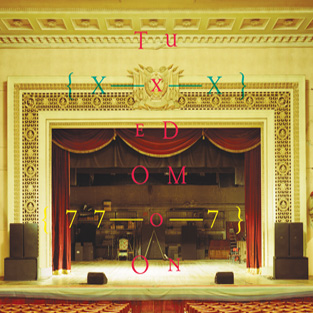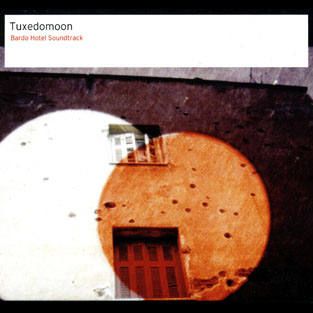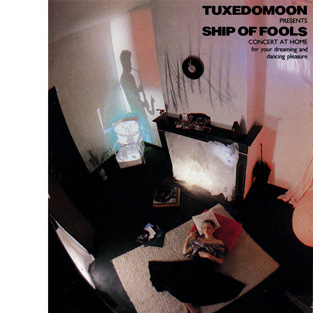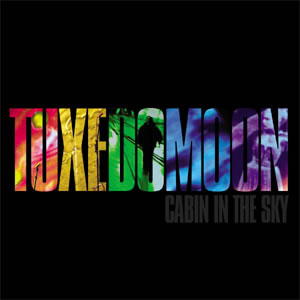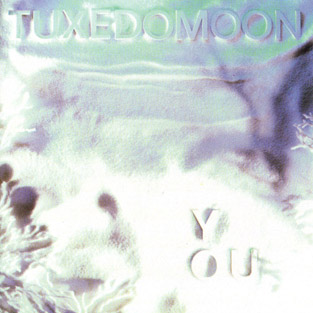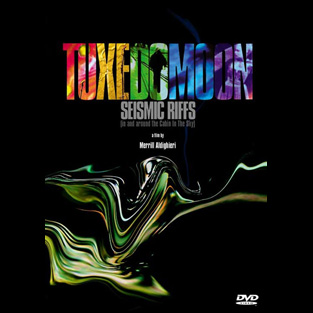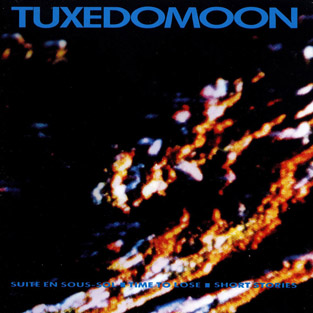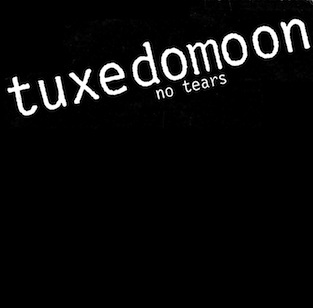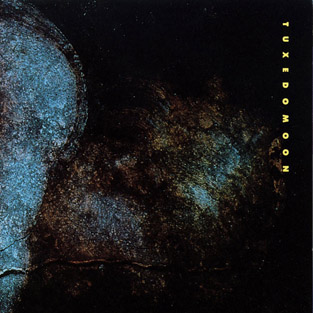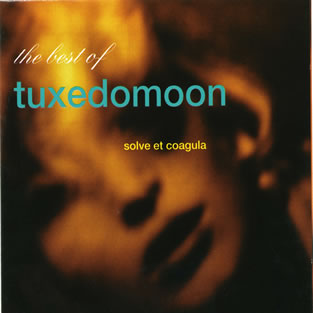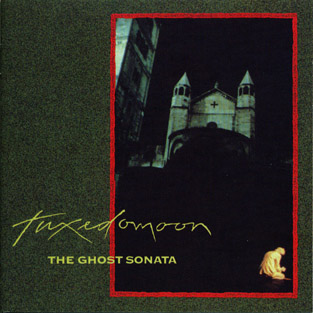
Early in 1982 Tuxedomoon, then featuring the classic lineup of Steven Brown, Blaine L Reininger, Peter Principle, Bruce Geduldig and Winston Tong, were invited to perform by friend Velia Papa at the Polverigi Theatre Festival in Italy.
The San Franciscan group had already based in Europe a full year, which had seen them follow up the astonishing 'Desire' set with two further albums and a clutch of singles. Both 'Divine' (the soundtrack to Maurice Béjart's Greta Garbo-inspired ballet) and the 'Suite En Sous-Sol' were more selfconsciously avant garde projects than the band had dared attempt while still riding the crest of the New Wave back home, and the group were glad to take advantage of the greater artistic liberty Europe seemed happy to grant them. Indeed projects such as these, along with a formidable reputation as live performers, saw Tuxedomoon at the height of their acclaim, popularity, and artistic power.
Little wonder then that the Italian offer arrived. Geduldig expands : "It all started when we were approached for a project by two different parties : Image Video in Brussels and In Teatro in Polverigi. We imagined creating a body of music and at the same time shooting an episodic story on video. We would then transfer the video to 16mm film for large live projection, and add taped musique concrete and an orchestra. I don't exactly recall the inception, except that Winston liked the title 'Ghost Sonata'. We skimmed a copy of the original play by August Strindberg and mentally tossed it in the trash, because it was a kind of traditional piece complete with a deranged grandfather, so we only kept the fin de siècle time frame and the title. Late one night before we'd actually started Winston and I were driving and he said something to the effect of letting each member write his own suicide, and that would be the text. I liked that immediately. At some point we all decided to do 'an opera without words', an idea that seemed pretty reasonable at the time, and only much later struck me as being strange."
In fact the seeds of the scheme were sown as early as May 1981, when Tuxedomoon acted as artists in residence for a project put together by The Midlands Group in Nottingham, England. The programme for the show lists 'Ghost Sonata - First and Second Movements' and had combined 'experimental music and theatre', involving members of the local community alongside trained professionals. Lofty ambitions perhaps, but it should be remembered that both Tong and Geduldig came from a performance art background as opposed to rock (Tong having won a prestigious Obie award for his 'Bound Feet' piece in New York), and this factor, coupled with Tuxedomoon's inherent reluctance to remain a simple rock group, made the In Teatro offer one they could hardly refuse. Initial pre-production work on both the music score and video took place in Brussels in the Spring. Reininger began painstakingly orchestrating the neoclassical sections of the music score while the rest of the group and their crew worked on filming at Image. Geduldig again : 'In the months it took to do all this things got hazy and crazy. It was unknown territory in a lot of ways, we were working with very little money, living in friend's apartments, working probably twice as hard as was necessary if we'd only known 'how to' and 'what' we were doing. In the ensuing hustle to get everyone else's story on tape we never did arrange for someone to film mine, so we decided that I was already dead at the beginning of the story. The idea ultimately was to film the live performance, record the music, then put it all together to make a final video package and album.'
Musically, the soundtrack to 'Ghost Sonata' is one of the best self-contained bodies of work that the group produced, and is certainly their most ambitious. Essentially it comprises eight distinct pieces, five of which form a distinct suite : The Ghost Sonata, Music Number Two, The Cascade/Fall, Basso Pomade, and Licorice Stick Ostinato. The title track had already been composed as far back as the 'Desire' sessions in November 1980, while 'Music #2' had been taped in March '82 for the 'Time To Lose' ep. The other three sections seem to have arisen during improvisations at the time of the Béjart ballet . The three electronic pieces (An Affair at the Soiree, Les Odalisques and Unsigned Postcard) were specially composed however, as were the sound effects and musique concrete (including bird songs, water, thunderstorms and a distressed record stylus). Via this roundabout route the classic Tuxedomoon alchemy of melody and noise was therefore repeated, though on a far grander scale than ever before.
Early in July the company finally packed down to Ancona in Italy to prepare for the six full shows scheduled for the end of the month, with lighting specialist Anne Militello flown in specially from New York. Geduldig : "We set about editing, constructing costumes and wigs, decor etc, rehearsing the music and orchestra, and also writing and rehearsing the live stage action. Writing the stage action afterwards is a little back-assed, but in fact that was the way Winston and I had always worked - start with the soundtrack, then figure the action." Back-assed it may have been, but even that was preferable to the half-assed raw material the group found awaiting them. Reininger had earlier made the mistake of informing In Teatro that his orchestrations were 'easy', with the result that the first orchestra supplied consisted solely of schoolchildren aged between eight and twelve... Replacements had to be found quickly before the 'Polverigi Strings' could embark on a week of solid rehearsal. Meanwhile the promised state-of-the-art recording facilities turned out to be nothing more hi-tech than an ancient two-track Revox (microphones not included) and a PA system consisting solely of guitar amps. Thus over the next few weeks soundman Gilles Martin and assistant Frankie Lievaart would spend more time hunting down and repairing malfunctioning equipment that they would actually recording anything on it. Preparations for the onstage performance weren't without their problems either. Nina Shaw : "While we rehearsed individual scenes and had daily production meetings we never had a full dress rehearsal, or even a complete runthrough. Winston was always very convincing and reassuring about going onstage without being fully prepared. 'Don't worry,' he'd say, 'There is no such thing as a mistake. Everything is part of the process of live performance.' Oh so easy for him to say... most of us had never been on a stage before. We wrote a giant cue sheet and nailed it up backstage. Lisa Dutton was there to help us through the costume changes and Patrick Rocques to push us on at the right moment... sometimes."
In fact the first and last dress rehearsal before Polverigi was enacted in front of an audience on Ancona's Piazza de Papa on the night of July 22nd (see front cover image on this record). This free show went relatively well however, the sunken piazza and the beautiful floodlit castle above providing the perfect epic setting... almost. Reininger is fond of recalling the drunken youths who launched a large jar of mayonnaise onto the black polythene-swathed stage from the ramparts above.
TUXEDOMOON : THE GHOST SONATA
the music :
Steven Brown, Peter Principle, Blaine L. Reininger
Orchestration by Blaine L. Reininger
the orchestra :
Emanuela Piccini, Christina Ottavi, Sandro Rossini (first violins)
Sandra Steffanini, Sabrina Franca, Marina Santoro (second violins)
Marcello Galli, Graziano Gerboni (clarinets), Roberto Mori (oboe), Gregorio Bardini (flute), Francesco Guidobaldi (double bass), Graziano Benvenutti, Antonella Lisi (cellos)
sound :
Gilles Martin, Frankie Lievaart
the performance :
Winston Tong, Bruce Geduldig, JJ La Rue, Saskia Lupini, Nina Shaw, Peter Principle, Patrick Roques, Steven Brown, Lisana Dutton, Frankie Lievaart.
lighting :
Anne Militello
the cinema :
Bruce Geduldig, Frankie Lievaart, Saskia Lupini, Anne Militello, Peter Principle, Winston Tong
with :
Steven Brown, Myriam Freson, JJ La Rue, Gilles Martin, Blaine L. Reininger, Nina Shaw
production :
Tuxedomoon & Company, In Teatro Polverigi
special thanks :
Katalin Kolosy, Image Video Brussels, Martine Jawerbaum, Madame Zaza of Marseille
photography :
Roberto Nanni, Saskia Lupini
TRACK LIST
1. THE FUNERAL OF A FRIEND (1.09)
(Principle/Geduldig) (Copyright Control)
2. THE GHOST SONATA (5 .36)
(Brown/Reininger) (Copyright Control)
3. CATALYST (0.42)
(Principle) (Copyright Control)
4. AN AFFAIR AT THE SOIREE (3.39)
(Brown/Reininger/Principle/Geduldig) (Copyright Control)
5. MUSIC NUMBER TWO (2.56)
(Brown/Reininger) (SBK Songs Ltd.)
6. A DROWNING (2.07)
(Brown/Reininger/Principle) (Copyright Control)
7. THE CASCADE (3.02)
(Brown/Reininger) (SBK Songs Ltd.)
8. A MYSTIC DEATH (2.16)
(Principle/Geduldig) (Copyright Control)
9. BASSO POMADE (DOGS LICKING MY HEART) (2.36)
(Brown/Reininger)(Crammed-JoeBoy Music/Hot Gerucht)
10. LICORICE STICK OSTINATO (2.19)
(Brown/Reininger) (Crammed-JoeBoy Music/Hot Gerucht)
11. THE LABORATORY (PARTS 1 & 2) (5.08)
(Principle/Brown/Reininger) (Copyright Control)
12. LES ODALISQUES (4.10)
(Brown/Reininger/Principle/Geduldig) (Copyright Control)
13. AN UNSIGNED POSTCARD (3.06)
(Brown/Reininger/Principle) (Copyright Control)
14. MUSIC NUMBER TWO (REPRISE) (4.18)
(Brown/Reininger) (SBK Songs Ltd.)
SOUNDTRACK PRODUCED BY TUXEDOMOON
EDITED BY PETER PRINCIPLE & JAMES NEISS
ENGINEERS : DREM BRUINSMA, BRUNO DONINI, GILLES MARTIN, JEROME SANDRON
MR REININGER APPEARS COURTESY OF LES DISQUES DU CREPUSCULE








